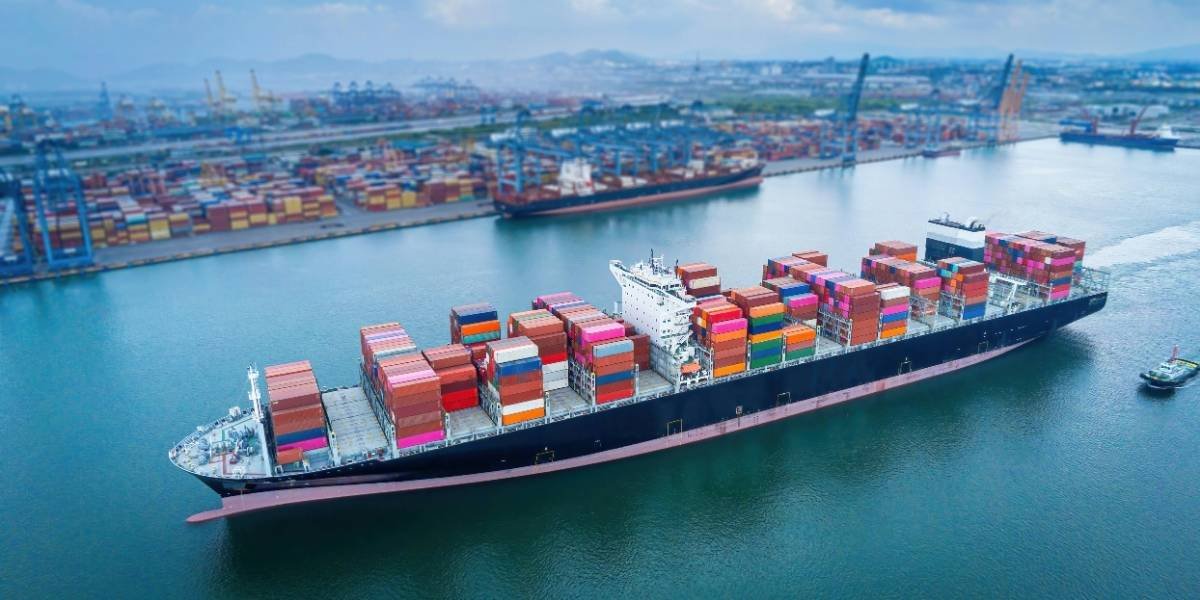Tariffs may sound like an issue for policy experts and international trade lawyers, but their effects show up in everyday routines, at grocery stores, auto shops, and online checkouts. A tariff is essentially a tax on imported goods, paid by businesses that bring products into the country. While it’s meant to protect domestic industries, the added costs don’t just stay with the importer. They often trickle down to the final price tag paid by shoppers and small businesses.
Take something as basic as household appliances. When tariffs are placed on imported steel, manufacturers who rely on that steel to make refrigerators or washing machines have to pay more. To stay profitable, they often raise prices. The result? Higher costs for people replacing a broken dryer or renovating a kitchen. It doesn’t matter if the appliance is made domestically or overseas, if the materials become more expensive, the final product usually does too.
This impact doesn’t stop with finished goods. Tariffs on raw materials affect the entire supply chain. Farmers, construction crews, and car repair shops often find themselves paying more for tools and supplies, and those increases don’t stay behind the scenes. They show up in grocery bills, service quotes, and monthly budgets.
Groceries, Gadgets, and Gas: The Quiet Inflation

Photo Credit: Unsplash.com
Imported fruits, vegetables, and seafood are staples in many households. When tariffs are added to foods from overseas, the markup appears in checkout receipts. While the difference may be a few cents at a time, those small increases add up quickly across a family’s weekly grocery haul. Bananas, avocados, and shrimp from other countries become just a little more expensive. Multiply that by millions of households, and the economic ripple gets wide.
Electronics are another key area. Phones, laptops, and tablets often depend on components made abroad, even if they’re assembled in the U.S. Tariffs on imported chips, batteries, or rare metals can increase production costs. When manufacturers adjust their pricing to protect margins, consumers end up paying more, even if the final product has an American label.
The same holds true at the pump. Though crude oil is a globally traded commodity, tariffs on equipment and chemicals used in oil production or refining can increase operational costs. These extra expenses may get passed on, affecting gas prices and transportation fees. That, in turn, raises the cost of delivering goods, which influences the prices of nearly everything moved by truck, from groceries to clothing.
How Small Businesses Feel the Pressure
Small businesses often face the toughest challenges under new tariff structures. Unlike large corporations, many local shops and independent contractors don’t have the resources to absorb rising costs or shift supply chains easily. If a hardware store relies on imported screws, nails, or tools, even a modest tariff can make resupply noticeably more expensive.
To stay in business, owners often have two options: raise prices or reduce expenses elsewhere. Higher prices may turn customers away, while cost-cutting might mean fewer staff hours or slower restocking. Neither choice is ideal. It’s a balancing act that plays out behind the counter, but the effects reach customers and employees alike.
Service industries are affected too. A plumbing company that needs imported fixtures may quote higher installation fees. A local café using imported espresso beans may raise drink prices. Even small changes like these contribute to a broader sense that everyday costs keep climbing, often without a clear reason visible on the receipt.
Jobs and Domestic Manufacturing: Mixed Results
One goal of tariffs is to protect domestic jobs, especially in industries like steel, aluminum, and machinery. By making foreign goods more expensive, tariffs aim to give an advantage to U.S.-based manufacturers. In theory, this helps keep factories open and workers employed. In some cases, it has worked. Certain regions with strong ties to metal production have reported increased activity and job stability after specific tariffs were introduced.
However, the broader employment picture is more complicated. Many American industries rely on imported parts to complete their products. When those parts become more expensive, companies might reduce their output or delay new projects. This can result in hiring freezes or job losses, especially in sectors that operate on tight margins.
A factory in the Midwest might benefit from a steel tariff, while an auto plant in the South could suffer because it depends on imported parts now subject to new costs. These uneven outcomes make it hard to label tariffs as either “good” or “bad” for the job market. The effects depend on the industry, the region, and how companies adapt.
The Long-Term Effects on Household Budgets

Photo Credit: Unsplash.com
Over time, the cost increases caused by tariffs can shift how households spend and save. If essential items, like food, gas, or clothing, become more expensive, families often reduce spending in other areas. This might mean fewer restaurant visits, delayed travel plans, or holding off on larger purchases. These changes affect not just individual lifestyles but also local economies that depend on consumer spending.
Some families may also find it harder to save for emergencies or long-term goals. If monthly expenses gradually increase, the room for savings gets smaller. Even if each individual price hike feels minor, the overall effect can strain household budgets.
Educational institutions, hospitals, and municipalities also feel the pinch. When equipment or materials cost more due to tariffs, budgets get tighter. That can lead to delays in upgrades, reduced services, or slower maintenance schedules, indirect effects that touch daily life in ways that aren’t always visible.












